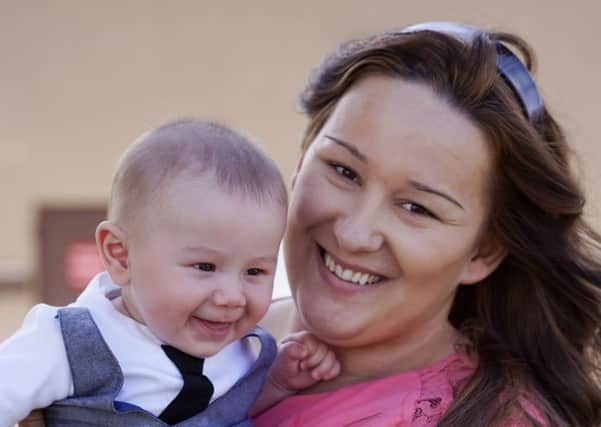Having children later in life is impacting on debt


However, having children in later in life is impacting the amount of debt people have as they get older, according to new research.
A poll of almost 9,000 over 50s, by Saga Personal Finance, shows that 12 per cent still have a mortgage. However this figure rises to 20 per cent for ‘second-lifers’ - people over 50 who have children with a new partner following a previous marriage or long term relationship.
Advertisement
Hide AdAdvertisement
Hide AdFurthermore ‘second lifers’ have a bigger mortgage than people their own age without a new family. On average, these people estimate that they have more than £80,000 left to pay on their mortgage, whereas those without a new family have to find around £60,000 before they own their home outright.
As well as having a bigger mortgage to pay off, second-lifers are also more likely to have non-mortgage debts, such as loans. Around 18 per cent of those with a second family have almost £12,000 of outstanding debts on average, compared to 12 per cent of traditional families who have to find around £10,000 before they’re back in the black.
Analysis of Saga Equity Release Advice Service data shows that some of these may be turning to the value in their property to help clear some of this debt, with around one in five people releasing equity from their home to pay off their mortgage, while one in three used the service to clear debt.
The Populus survey also shows that it has become more common to have children in later life, whether that is because people are concentrating on their career and having children later on or starting a family with a new partner. On average, one in five people in their 50s had their last child between the ages of 32 and 34 and a further 20 per cent had a child between 35 and 40 years old.
Advertisement
Hide AdAdvertisement
Hide AdHowever, 1 in 17 said they were 41 years or older when their youngest child was born, presumably leaving many people in their 60s paying for teenage children’s driving lessons and university fees. Those having children in later life would be wise to take out a life insurance policy so that their family is financially protected.
Jeff Bromage, chief operating officer at Saga Personal Finance, said: “Having children in later life keeps people on their toes and feeling young at heart. However, the cost of raising a child is continually increasing and these days people need to keep a close eye on their finances and make sure that they are getting the best deals, whether that’s when you’re borrowing money or investing it in the stock market.”